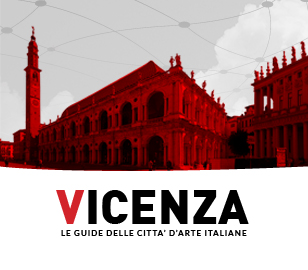Leonardo da Vinci
Vinci 15/04/1452 - Amboise 02/05/1519

Figlio del notaio ser Pier da Vinci, a diciassette anni segue il padre a Firenze. Qui studia nella bottega di Verrocchio e acquisisce ampie conoscenze tecniche.
Nel 1482 parte per Milano, alla corte di Ludovico il Moro, dove rimarrà per circa vent'anni. Allestisce apparati per le feste, è ingegnere e urbanista e svolge un'intensa attività pittorica.
Di questo periodo sono: la Vergine delle rocce (Louvre, Parigi), che con le sue figure poco definite, quasi sfumate e la ristretta gamma di colori, mostra la lontananza di Leonardo dai modelli toscani; l'Ultima cena (Refettorio di Santa Maria delle Grazie, Milano), che rimarrà uno dei capolavori del Rinascimento e la Dama con l'ermellino (Museo Czartoryski,Cracovia).
L'ambiente culturale lombardo gli fornisce numerosi nuovi stimoli e si dedica con passione a studi di architettura, idraulica, meccanica, anatomia e botanica. E' affascinato dal moto dell'acqua e dal volo degli uccelli, tanto che, delle macchine di sua invenzione, alcune delle più interessanti sono quelle per il volo.
Con la caduta degli Sforza (1500) torna a Firenze, dove è al seguito di Cesare Borgia come ingegnere militare: ha così l'occasione di viaggiare e studiare. Esegue in questi anni la Battaglia di Anghiari per Palazzo Vecchio, ma, insoddisfatto, abbandona l'opera e forse la Gioconda (Louvre, Parigi), figura intima e misteriosa dal celebre sorriso.
Nel 1505 è nuovamente a Milano, dove dedica una parte sempre maggiore del suo tempo agli studi scientifici. Chiamato poi a Roma dai Medici, viene in realtà escluso dalle grandi opere e vivrà appartato.
In Francia dal 1517, sotto la protezione di Francesco I, trascorre gli ultimi anni nel castello di Cloux.
La vita del genio toscano è all'insegna della costante riflessione e ricerca. Si pone soprattutto il problema del rapporto tra arte, natura e conoscenza: l'indagine scientifica e la creazione artistica collaborano alla scoperta delle leggi universali che regolano la natura. L'artista deve dunque fare esperienza della realtà e riprodurne lo spirito nelle proprie opere. Sono forse conseguenza di questa visione non solo la frequente incompiutezza delle opere, a causa di una curiosità sempre insoddisfatta, ma anche l'esigenza grafica negli studi scientifici.
E' eccezionale il numero di disegni che ci sono giunti, ad accompagnare gli altrettanto numerosi appunti. Tra i più noti, l'Uomo Vitruviano (Gallerie dell'Accademia, Venezia), raffigurazione delle proporzioni ideali del corpo umano. Da sempre i suoi dipinti sono stati ammirati e studiati dai più grandi pittori del secolo e Vasari stesso lo riconosce come iniziatore del Rinascimento maturo.
Le opere
-
Castello Sforzesco
-
Pinacoteca Ambrosiana
-
Cenacolo Vinciano
-
Biblioteca Ambrosiana
-
Castello Sforzesco










